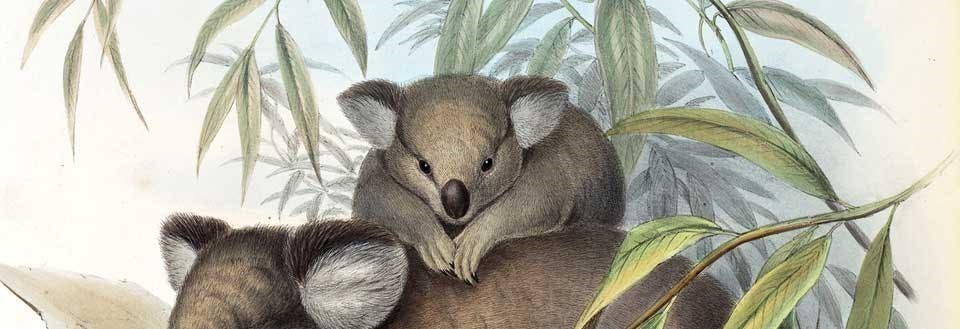Section IV.
Seeking Out Invertebrates, 1750-1860
Linnaeus had shown little interest in invertebrates, since he had his hands full sorting our mammals, birds, and fish (to say nothing of plants). Consequently, he lumped all invertebrates into just two classes, Insecta and Vermes, or, roughly, Bugs and Worms. Lamarck, in 1809, enlarged these two classes into ten, adding mollusks, crustaceans, polyps (cephalopods), and radiates (echinoderms), among others. In ensuing decades, naturalists greatly expanded their collecting efforts to include these spineless wonders. Charles Darwin was introduced to the world of invertebrates at Edinburgh, collected them on the Beagle, and would later become the world’s authority on one group of crustaceans, the barnacles.

